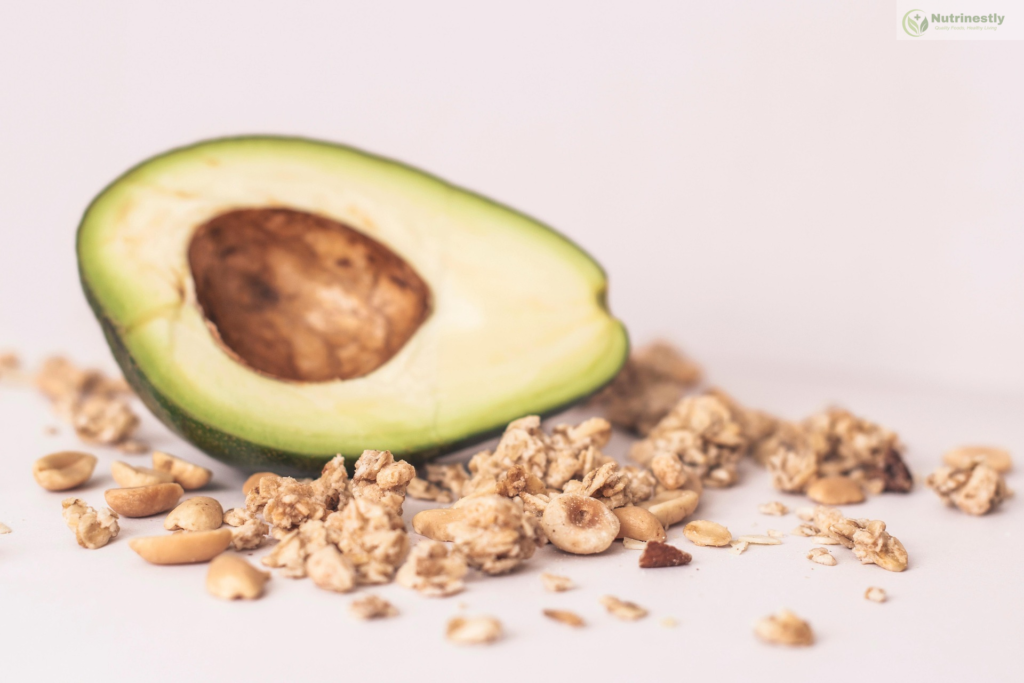
1. Avocado Introduction
Have you ever stood at the grocery store, gazing at a basket of avocados, not knowing which to choose?
Don’t worry!
Avocados have stormed the world—not only for their smooth texture and health properties, but also because they are available in so many types. From the traditional Hass to the less common Pinkerton, this unassuming fruit has a variety of flavors, textures, and applications.
A Brief History of Avocados
Avocados trace back to as early as 5000 B.C. in Central Mexico. The Aztecs highly valued avocados as a symbol of strength and fertility. “Avocado” is named after the Nahuatl language’s “ahuacatl,” which curiously also translates into “testicle” because of the shape of the fruit. Through the centuries, avocados moved from Mexico to South America and finally worldwide, making it to kitchens across every continent.
Nutritional Benefits at a Glance
| Nutrient | Amount (Per 100g) | Benefit |
|---|---|---|
| Calories | 160 kcal | Provides lasting energy |
| Healthy fats | 15g | Heart health & satiety |
| Fiber | 7g | Aids digestion |
| Vitamin K | 26% DV | Bone & blood health |
| Folate | 20% DV | Cell repair & growth |
| Potassium | 485mg | Supports heart and kidney health |
| Vitamin E | 10% DV | Antioxidant support |
Avocados also occur naturally in a sodium-free, cholesterol-free form, so avocados make a perfect dish for heart-savvy foodies.
Overview of Avocado Varieties
There are more than 500 varieties of avocados, but just a few see the light of day in mainstream stores. These can be quite different in color, size, shape, and even skin texture. Some are perfect for slicing, while others are ideal for guacamole.
Ready to get to know them?
2. Common Avocado Varieties
Below are the most popular avocado varieties you’ll find in your local supermarket:
Hass Avocado
- Features: Peppery dark skin and nutty flavor. Small to medium size.
- Why It’s Trending: Hass avocados hold 80% of the world’s commercial market share. They’re the preferred for guacamole and avocado toast.
- Seasonal Peak: Available year-round.
Did you know? Hass avocados were named after Rudolph Hass, a postal worker who patented the tree in 1935!
Hass is cherished for its reliable flavor and silky texture inside, ideal for toasting or mashing into dips.
Fuerte Avocado
- Description: Pear-shaped, unblemished green skin, creamy texture with slight flavor.
- Best Time: Winter to early spring.
- Why Try It?: Ideal in salads or sliced on toast when you’re looking for a less intense flavor.
This variety is a Mexican-Guatemalan hybrid and is famous for having a buttery texture.
Bacon Avocado
- Taste Profile: Mild, lighter in flavor, and less oily.
- Texture: Smoother than Hass, but not as creamy.
- Ideal Growing Conditions: Prefers cooler climates; thrives in Southern California.
| Variety | Flavor | Skin | Season |
| Hass | Nutty & rich | Dark & bumpy | All year |
| Fuerte | Mild & buttery | Smooth green | Winter-Spring |
| Bacon | Light & subtle | Thin green | Late Fall-Winter |
3. Lesser-Known Avocado Varieties
Zutano Avocado
- Unique Features: Shiny, thin green skin, high water content, and a crisp texture.
- Flavor: Less creamy but refreshing.
- Best For: Adding a fresh twist to sandwiches or salsas.
Zutano avocados keep longer and are commonly used in structure-required blends or salads.
Pinkerton Avocado
- Description: Pears are long, with bumpy green skin.
- Benefits: Tiny seed = more creamy flesh!
- Growth Note: Great yield and performs well in confined spaces.
Home gardeners and small farmers love it.
Lamb Hass Avocado
- How It’s Different: A Hass hybrid, but larger and with a longer harvest season.
- Taste: Very similar to Hass but a bit more dense.
- Availability: Summer to Fall.
It is a favorite in warmer climates and gives a steady yield.
Ever wondered: “Why are there so many types of avocados?“
Each variety was developed in varying climates and was grown for distinct flavor, texture, and shelf life!
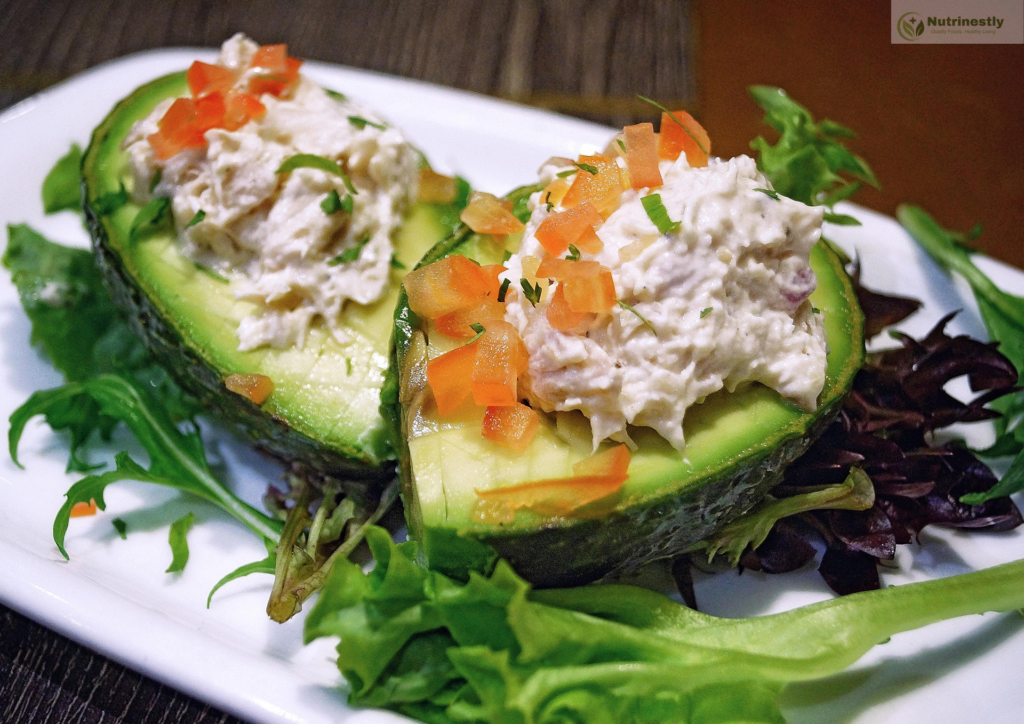
4. ️ Choosing the Right Avocado
Picking the right avocado can feel like a guessing game. But don’t worry—we’ve got a cheat sheet for you.
Quick Tips for Selecting Avocados
- Color Check: Darker skin = more ripe (usually).
- Gently Press: It should yield slightly under gentle pressure.
- Flick the Stem: If it comes off easily and reveals green underneath, it’s perfect!
| Ripeness Stage | Feel | Best Use |
| Unripe | Hard | Slice for later use |
| Ripe | Slightly soft | Guac, spreads |
| Overripe | Mushy | Baking or compost |
For avocados without cracks or softness, but be careful not to use over-mushy ones unless it’s for using in brownies or cake-making.
5. Frozen Avocado: An Overview
Ever bought avocados just to see them turn brown the following day?
That is when frozen avocado comes to save the day!
What Is Frozen Avocado?
Frozen avocado usually has the outer skin removed, pit taken out, and is flash-frozen in its most ripe state—a very convenient, wastage-free solution.
Frozen vs. Fresh: Nutritional Comparison
| Nutrient | Fresh Avocado | Frozen Avocado |
| Calories | Same | Same |
| Fiber | Same | Same |
| Vitamin C | Higher | Slightly reduced |
| Texture | Creamy | Slightly mushier after thawing |
Frozen avocados hold 80-90% of their nutrients and are usually a cheaper, sustainable option.
6. How to Freeze Avocados Like a Pro
Pining to preserve your ripe avocados for later? Here’s a step-by-step:
Step-by-Step Freezing Guide
- Wash & Peel the avocado.
- Slice or mash it (optional: add lemon juice to stop browning).
- Put in a freezer-safe container or bag.
- Date and freeze up to 6 months.
Best Practices
- Use vacuum-sealed bags for optimal texture.
- Don’t freeze with the seed.
- For guac, mash first before freezing for quick prep!
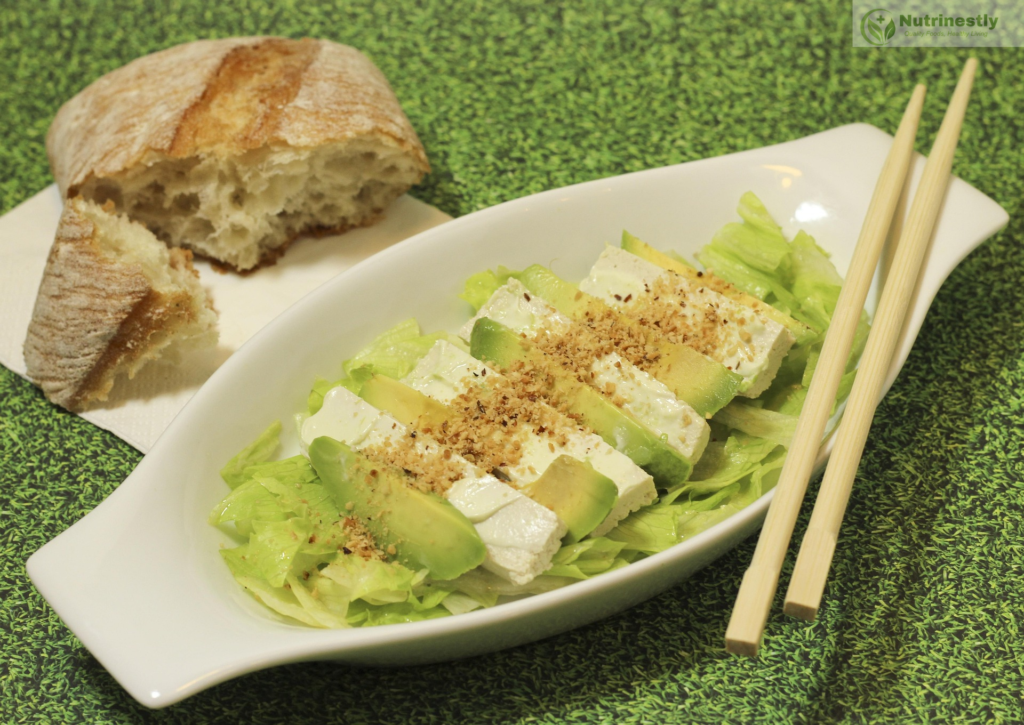
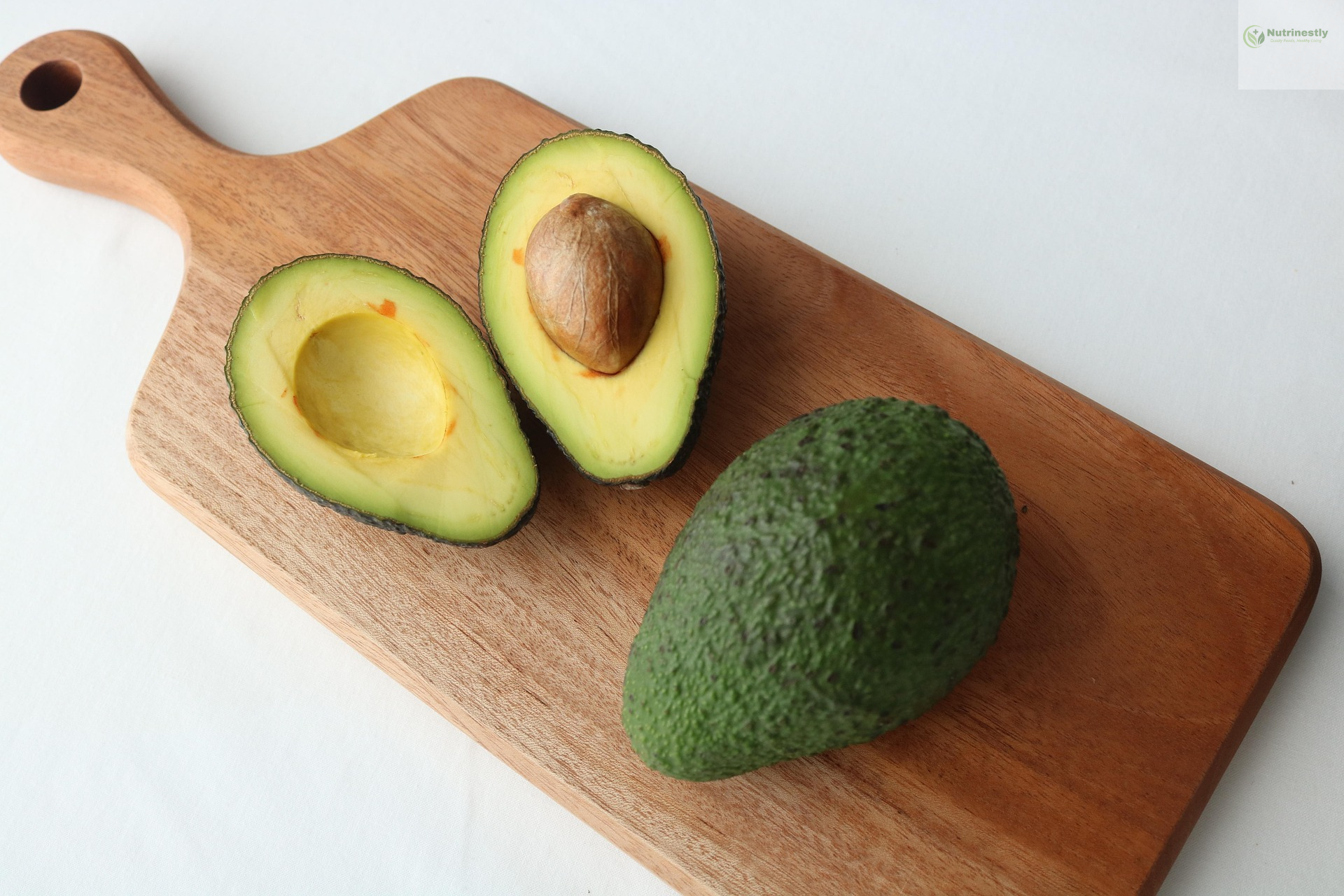
7. ️ Culinary Uses for Frozen Avocado
Think frozen avocados are just for smoothies? Think again!
Here’s how to use them:
| Dish | Use Case |
| Smoothies | Toss straight from freezer—no thawing needed! |
| Guacamole | Thaw & mash with lime and spices |
| Baking | Use in place of butter or oil |
| Salads | Thaw, pat dry, and dice gently |
You can even puree them into sauces, soups, and pasta for a creamy finish.
8. Frozen Avocado Health Benefits
You may wonder…
“Is frozen avocado as healthy as fresh?”
Excellent question! Here’s what the research indicates:
Main Health Benefits
- Nutrient Preservation: Freezing locks in most vitamins and healthy fats.
- Portion Control: Better to control calories and prevent waste.
- Great for Meal Prep: Shortens daily prep time and enhances consistency.
- Supports Digestion: High fiber remains intact.
9. Environmental and Economic Considerations
Avocado production does have some sustainability issues. But with frozen avocados, that can change.
Eco-Friendly Facts
Reduces Food Waste: Freeze ready avocados rather than waste them.
Efficient Packaging: Mass freezing equals fewer individual shipments.
Less Spoilage: Less refrigeration and fewer store runs.
Fresh vs. Frozen: Cost Comparison
| Format | Price (Per lb) | Shelf Life | Waste |
| Fresh | $2.00–$3.50 | 3–5 days | High |
| Frozen | $1.50–$2.50 | Up to 6 months | Low |
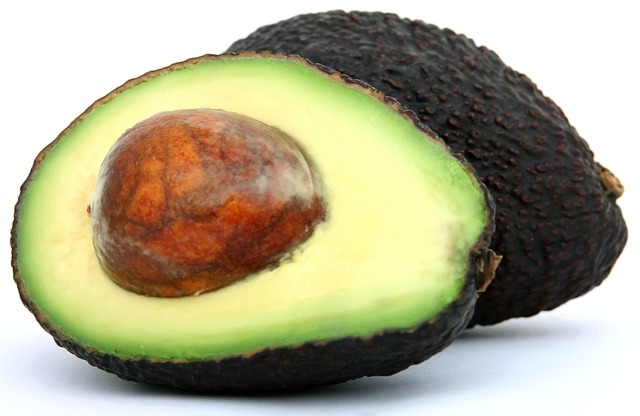
10. Conclusion: Embracing Avocado Diversity
From rich Hass to zesty Zutano, the avocados of today can meet any recipe, taste, or budget requirement. And with frozen avocado as an option, having your favorite fruit just got easier—and greener!
Final Thoughts
- Try various varieties in your next salad or toast.
- Stock frozen avocado for smoothies or emergency guac nights.
- Support sustainable farming and waste reduction in your kitchen.
Ready to Discover?
What kind of avocado will you be trying next? Let us know in the comments! Post your favorite avocado recipes, advice, or hacks below.
Want more healthy tidbits like this? Subscribe to our blog for weekly health advice, recipes, and food guides!

